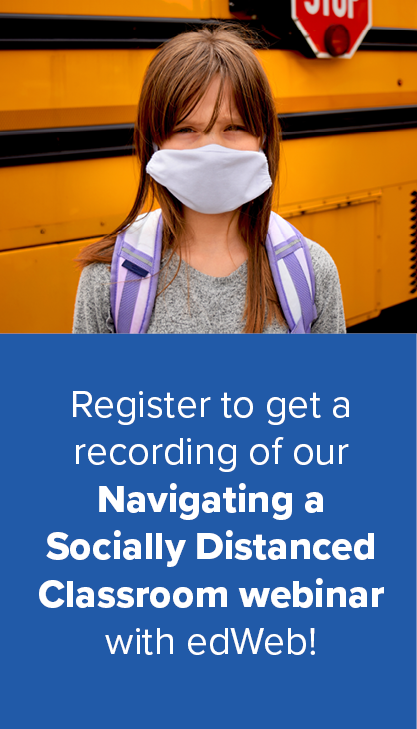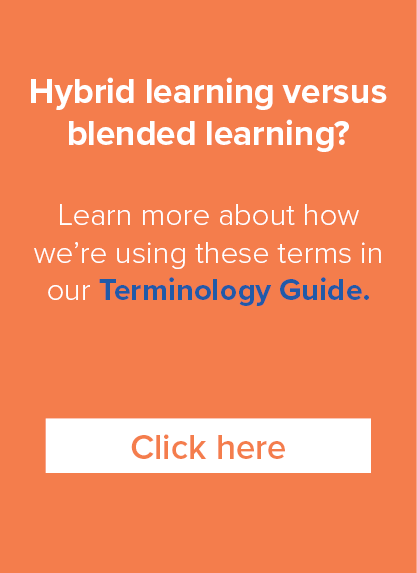August Newsletter | Setting Up Student Learning for Success

Setting Up Student Learning for Success During COVID-19
Due to COVID-19, education for the 2020-21 school year may take different forms: in-person, hybrid, and remote learning. For in-person learning, establishing a safe and healthy classroom will be crucial to teaching in the upcoming school year. For hybrid and remote learning, crafting a remote learning plan will be important in balancing schedules. Below, we explore some tips for creating a successful learning plan.
Note: When preparing a learning plan, consult current public health guidance from state and local health authorities, guidance from your state’s education department, and operational guidelines provided by your district and administrators.
In-Person Learning
 It will be crucial to plan for social distancing when setting up your classroom for in-person learning. Ensure six feet distance between students by allowing more space for circle and greeting in early childhood and primary classrooms, and position all individual desks facing forward to discourage group gatherings in secondary classrooms. Need ideas on how to set up your classroom? Check out some example classroom setups here.
It will be crucial to plan for social distancing when setting up your classroom for in-person learning. Ensure six feet distance between students by allowing more space for circle and greeting in early childhood and primary classrooms, and position all individual desks facing forward to discourage group gatherings in secondary classrooms. Need ideas on how to set up your classroom? Check out some example classroom setups here.Hybrid Learning
Hybrid learning includes a combination of in-person learning and remote learning, conducted simultaneously. With students continuously moving between school and home in the hybrid learning model, scheduling time for each will be essential. Remote learning in hybrid plans must also include a balance of synchronous (real time instruction) and asynchronous (at-home packets) instruction. To help keep track of all these moving pieces, we suggest breaking down your schedule into daily and weekly schedules. Not sure what that might even look like? Try our free instructional plan scenarios, including daily and weekly schedules for early childhood, primary, and secondary classrooms.
Remote Learning
Remote learning combines synchronous and asynchronous learning to continue to provide students with an IEP-driven curriculum. Synchronous remote learning provides real-time instruction from a trained educator. This method also offers caregivers a solution to the challenge of sourcing material appropriate for their children’s learning levels. Asynchronous remote learning includes pre-recorded videos, home packets, at-home activities, independent work, and other instructorless materials. While asynchronous remote instruction reinforces learned skills, a combination of both ensures FAPE and sets students up for success with an IEP-driven curriculum.
Wondering what a full remote schedule might look like or what you should consider in your remote learning plan? Find our free remote learning resources here.
Not sure which learning type your school is going with? Or will it be a combination of all three?
hybrid, and remote learning with ease.


